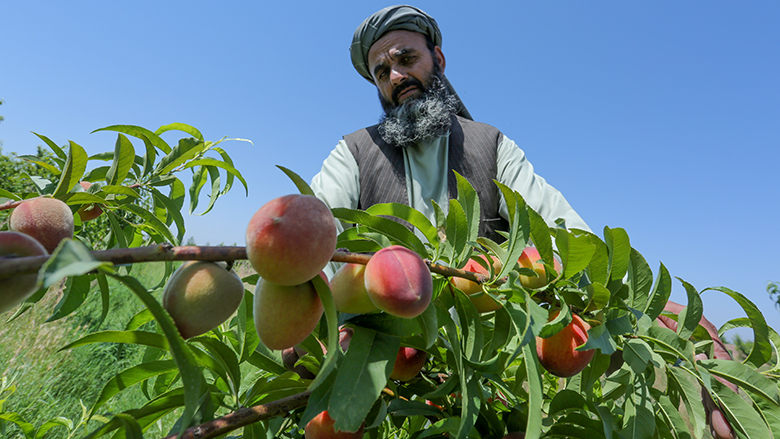Latest News
New Strategy to Support Growth, Stability in Afghanistan

Agriculture accounts for 56 percent of employment in Afghanistan and sector growth plays a key role in poverty reduction.
- The World Bank Group’s assistance to Afghanistan for 2017-2020 will support the government’s strategic vision and goal to reduce poverty.
- It will be based on a strategic framework that will be flexible and responsive to the country’s growing uncertainty and limited fiscal resources.
- The strategy will prioritize and promote interventions that have the greatest impact in addressing drivers of conflict, help mitigate the consequences of the ongoing conflict, and build for longer-term stability, especially with greater development of the private sector and sustained growth and poverty reduction.
The World Bank Group’s strategy to support Afghanistan is set out in the Country Partnership Framework (CPF). It supports the Government of Afghanistan’s strategic vision and goal to reduce poverty, outlined in the Afghanistan National Peace and Development Framework.
The CPF comes at a critical juncture as the current government seeks to build on important achievements in the first two years of its term, but is faced with a range of challenges from growing insecurity to stagnating growth and rising levels of poverty.
The CPF covers a four-year period, from 2017 to 2020, and sets out a medium-term strategic framework that is intended to be flexible and responsive to the rapidly evolving situation in Afghanistan.
The World Bank Group strategy aims to help Afghanistan:
- Build strong and accountable institutions to support the government’s state-building objectives and enable the state to fulfil its core mandate to deliver basic services to its citizens, and create an enabling environment for the private sector;
- Support inclusive growth, with a focus on lagging areas and urban informal settlements; and
- Deepen social inclusion through improved human development outcomes and reduced vulnerability amongst the poorest sections of society, including the large numbers of internally displaced persons and returnees.
Focus on expanding access to education will continue under the new Country Strategy Framework, together with programs to increase the numbers of women education and health workers.
Shubham Chaudhuri
The National Horticulture and Livestock Project (NHLP) has established 1,824 jeribs (approximately 900 acres) of new farmland to grow almonds, pistachios apricots, apples, plums, cherries and peaches.
The CPF addresses cross-cutting issues in its design and implementation. It seeks to improve governance through building a more responsive, capable, and accountable state. Tackling corruption is an important area of governance and is addressed in each of the three pillars of the framework.
In recognition of climate-related shocks that affect in particular Afghanistan’s poorest citizens, the CPF includes, for the first time, explicit measures to increase resilience to climate variability and change, such as planned energy engagements with a focus on sustainable renewables to tackle climate change, and to develop capacity for early warning and response to natural disasters.
The CPF also addresses directly the need for greater social and economic inclusion to ensure an equal and just society. The framework will support development of a platform on gender and social inclusion to help the government promote gender equality.
The International Development Association (IDA), the World Bank Group’s fund for the poorest countries and the Afghanistan Reconstruction Trust Fund (ARTF) resources underpin the Bank Group’s long-term engagement and commitment to Afghanistan. Annual IDA and ARTF commitments to Afghanistan have been around $200 million and $900 million, respectively. IDA allocations are expected to be increased in Afghanistan and other fragile and conflict-affected countries. The additional funds available will provide the necessary flexibility for the Bank to respond to new priorities fully aligned with the strategy, such as additional support in education and health service delivery, expansion of social safety nets, and urban development.
The International Finance Corporation (IFC), the World Bank Group’s private sector arm, aims to expand its commitments in Afghanistan from its current portfolio of $54 million to a cumulative investment of about $80 million over the CPF period. The Multilateral Investment Guarantee Agency (MIGA), the Bank Group’s political risk insurance arm, stands ready to provide additional support with a focus in the finance, manufacturing, agribusiness and services, and infrastructure sectors.
Mitigate impact of risks
The preparation of the CPF was guided by the learning experiences of the Interim Strategic Notes that formed the basis of past Bank Group support, as well as reviews from ARTF and independent evaluation groups. In addition, the CPF was guided by the Systemic Country Diagnostics (SCD) that was finalized in February 2016. The SCD was conducted before the CPF to inform strategic discussions about priority areas for the World Bank Group’s future support to Afghanistan. During CPF development, consultations were held with a broad spectrum of stakeholders, including international donors, nongovernmental organizations and civil society, and the private sector.
The two principal risks to the CPF program are the intensifying conflict and political instability. The CPF fully acknowledges these risks and the strategy and program it lays out is intended to mitigate their impact.
By: The World Bank

Latest News
Girls’ education is a ‘vital issue’ for Afghanistan: Karzai
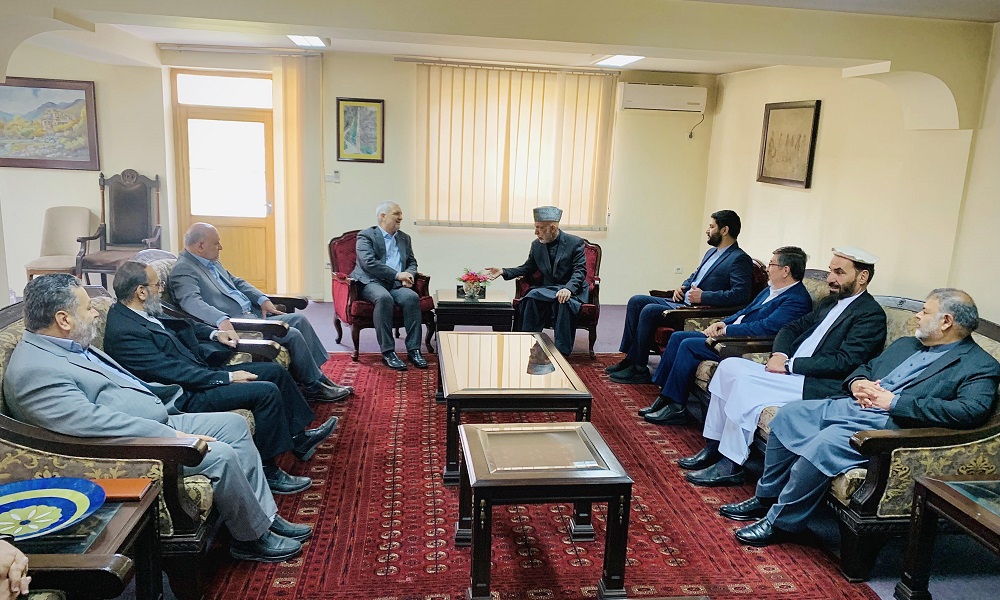
Former president Hamid Karzai said in a meeting with Iran’s ambassador and special representative, Hassan Kazemi Qomi, that education of girls was a “vital issue” for Afghanistan.
Karzai said he appreciated Iran’s cooperation and its standing with the Afghan people, especially Iran’s contributions to education in Afghanistan.
During the meeting, Karzai said peace and stability in the region are in the interest of all regional countries.
Latest News
Uzbekistan’s humanitarian aid arrives in Balkh
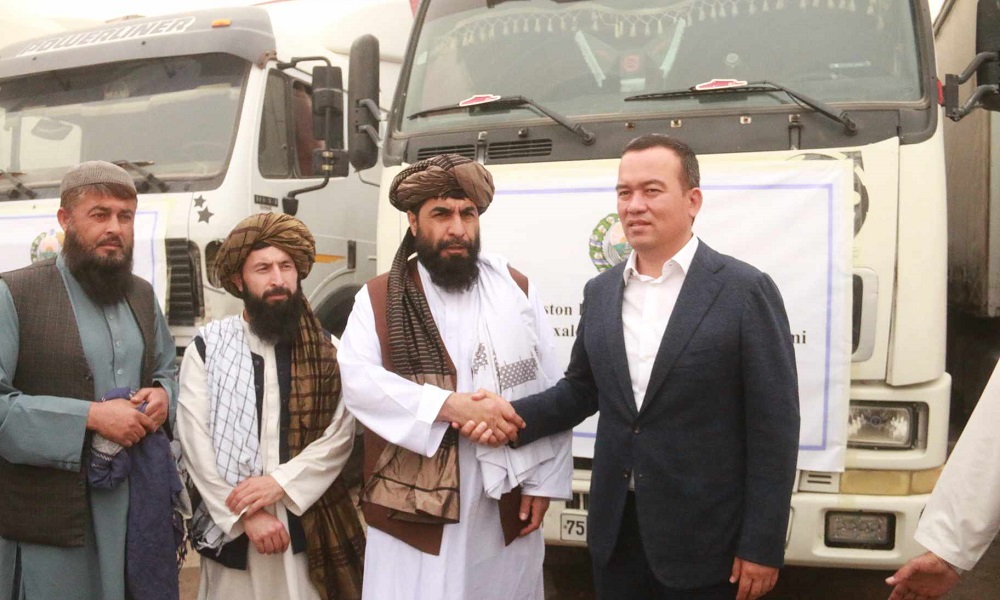
A shipment of humanitarian aid from Uzbekistan was handed over on Thursday to the local officials of Balkh province in the trade port of Hairatan.
Local authorities said the aid, which includes flour, oil, wheat, sugar and meat, has been handed over by Uzbekistan’s Surkhandarya governor to the governor of Balkh.
The governor of Surkhandarya stated the purpose of sending this aid was to support the people of Afghanistan and stressed the need for the development of good relations between the two countries.
Latest News
Afghanistan’s problems caused more damage to Pakistan than 3 wars with India: Durrani
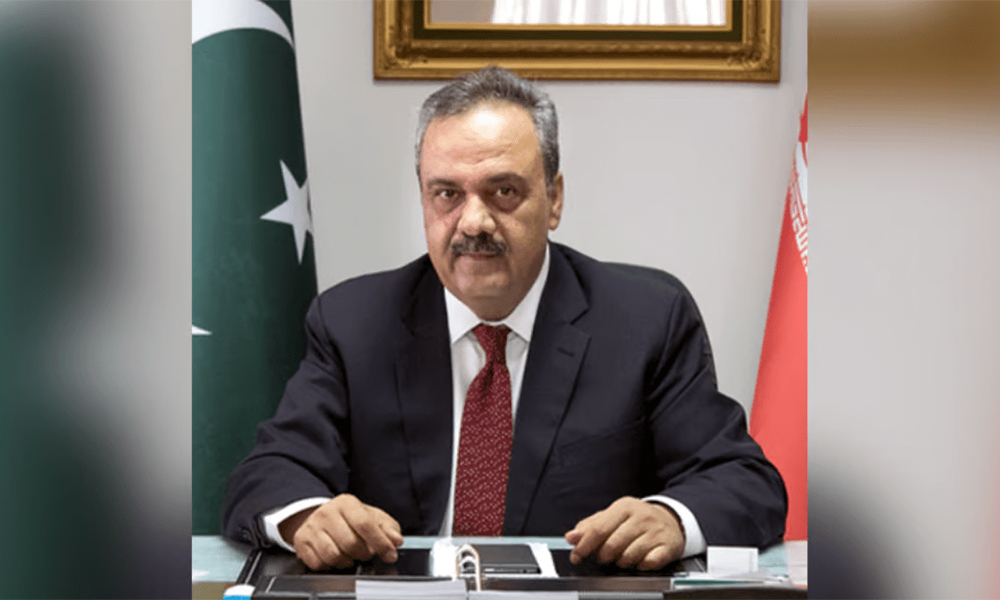
Islamabad’s special envoy for Afghanistan Asif Durrani said on Wednesday that Pakistan has suffered more due to Afghanistan’s internal situation than Pakistan has suffered in three wars with India in terms of blood spilt and finances drained.
Durrani said at a one-day International Conference titled “Pakistan in the Emerging Geopolitical Landscape”, which was organized by the Institute of Strategic Studies Islamabad (ISSI) and the German Friedrich Ebert Stiftung (FES), that over 80,000 Pakistanis died in the two decades of the War on Terror and that his country was still counting its dead and injured.
“After the withdrawal of NATO forces, it was hoped that peace in Afghanistan would bring peace to the region. However, such expectations were short-lived,” he said.
He also stated that attacks by the Tehreek-e-Taliban Pakistan (TTP) militant group on Pakistan’s border areas increased by 65 percent, while suicide attacks increased by 500 percent.
“The TTP’s enhanced attacks on Pakistan while using Afghan soil have been a serious concern for Pakistan. Another worrying aspect is the participation of Afghan nationals in these attacks,” he said.
Durrani also said Pakistan had suffered geopolitically since the Soviet Union invaded the neighboring country.
“The post-9/11 world order has negatively impacted Pakistan. Apart from losing 80,000 citizens’ lives, including 8,000 law enforcement agency personnel, the country’s economic opportunity cost is estimated at $150 billion,” Durrani said.
Talking about the future outlook for Pakistan in the regional context, Durrani said that while “our eastern neighbor is likely to continue with its anti-Pakistan pursuits, the western border poses an avoidable irritant in the short to medium term.”
However, he said Pakistan can overcome its difficulties with Afghanistan, including the TTP challenge.
-
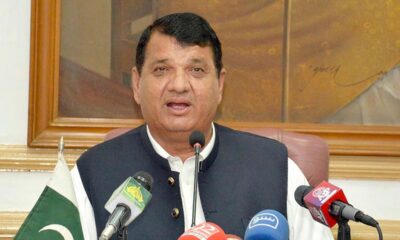
 Latest News4 days ago
Latest News4 days agoPakistan’s frontiers minister stresses ‘dignified’ return of Afghan refugees
-
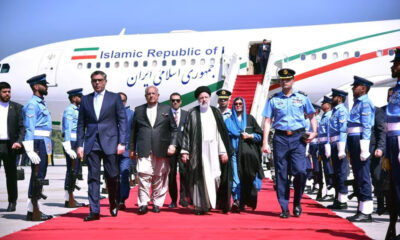
 Regional3 days ago
Regional3 days agoIranian president lands in Pakistan for three-day visit to mend ties
-

 Climate Change4 days ago
Climate Change4 days agoMassive river flooding expected in China, threatening millions
-
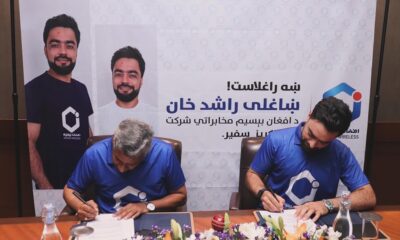
 Latest News2 days ago
Latest News2 days agoRashid Khan named AWCC’s brand ambassador
-

 Latest News5 days ago
Latest News5 days agoChinese keen to invest in Panjshir-Kabul water conduit project
-

 World4 days ago
World4 days agoTwo Japan navy helicopters crash, one body found, 7 missing
-

 Sport3 days ago
Sport3 days agoKolkata beat Bengaluru by one run in IPL as Kohli fumes at dismissal
-

 Sport3 days ago
Sport3 days agoACL: Aino Mina 3-0 Istiqlal Kabul; Attack Energy 3-0 Khadim



